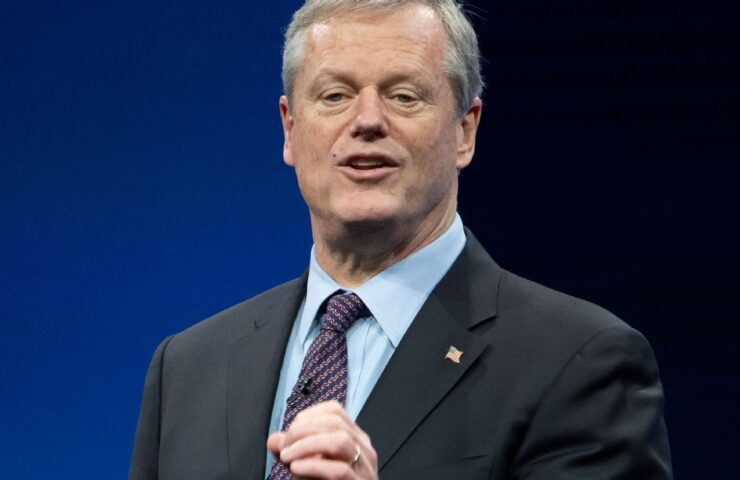
Baker hopes NCAA settlement creates stability
-
David Hale, ESPN
- Personnel WriterMay 13, 2024, 05:56 PM ET Close ACC reporter.Joined ESPN in 2012.
- Graduate of the University of Delaware.AMELIA ISLAND, Fla.– NCAA president Charlie Baker met coaches and athletic directors Monday at this year’s ACC spring meetings, going over– among other things– a prospective settlement in your house vs. NCAA case that might reshape the future of college athletics.Baker said settlement talks– and the revenue-sharing arrangement that would accompany any settlement– was “just a small part”of his presentation, and he repeated that there are still a great deal of moving pieces and no deadline to finalize a deal. But the framework presently being talked about could offer some required clarity on how schools manage rosters and player acquisition.” I think everyone wishes to need to be in a position where they seem like they might prepare,”Baker stated,”and in the present world we reside in, preparation is extremely hard to do.”Brought by Arizona State swimmer Grant Home in 2020, the class-action case declares the NCAA broke antitrust laws by restricting athletes from profiting from their name, image and likeness prior to that year. The complainants looked for damages in the billions. The possible settlement would include the NCAA paying more than$2.7 billion and agreeing to a new revenue-sharing design that might move as much as$20 million annually to athletes.Editor’s Picks The expenses connected with the settlement, along with the possibility of uncapping scholarships, could lead to schools that max out those options seeing a spending plan hit of more than $35 million each year, according to numerous athletic directors who talked to ESPN.Still, Baker stated there was broad support for the relocation, which would supply some much-needed clearness and a structure for a sustainable service design for college sports.”You can invest in your professional athletes, you can purchase your programs, you can buy your future, and have some concept about what the ground is going to be like underneath you,”he stated. “I believe it creates a lot of stability and clarity for schools, and it makes it possible for everyone to begin considering what the next act really will look like rather of sensation like you’re simply waiting on the next shoe to drop.”A number of coaches and athletic directors who heard the pitch were enthusiastic about the concept of bringing professional athlete compensation in-house, rather than allocating it to NIL collectives that have only a tangential relationship with a school’s athletics department. In many cases, according to several coaches, a revenue-sharing design that sends out$ 5-10 million each year to football players would likely remain in the exact same ballpark as what most schools are already investing by means of NIL on lineup building.But even the possible settlement includes huge concerns, including how profits sharing will operate in conjunction with Title IX, whether the NCAA can utilize a settlement into more cooperation(and protection from future claims)from Congress and whether all schools will be required to invest– or be topped at– a specific amount. Numerous administrators who consulted with ESPN on the problem voiced concerns that some schools will receive an equivalent share of the league’s tv revenue however invest far below the$20 million maximum on players.Still, any sense of an endgame in a system that has been repeatedly described as “the wild, wild west”by coaches and administrators would represent a step in the right direction, according to Baker.”The most fundamental part of the settlement– and let’s face it, there’s still a lot of work to be done there– however it develops a clarity and visibility on an entire lot of concerns
that have been roiling everyone for a while, “Baker said.”The other thing it does is create predictability and stability for schools, however it also creates an incredible chance for student-athletes, especially at the schools that are most heavily resourced.”
